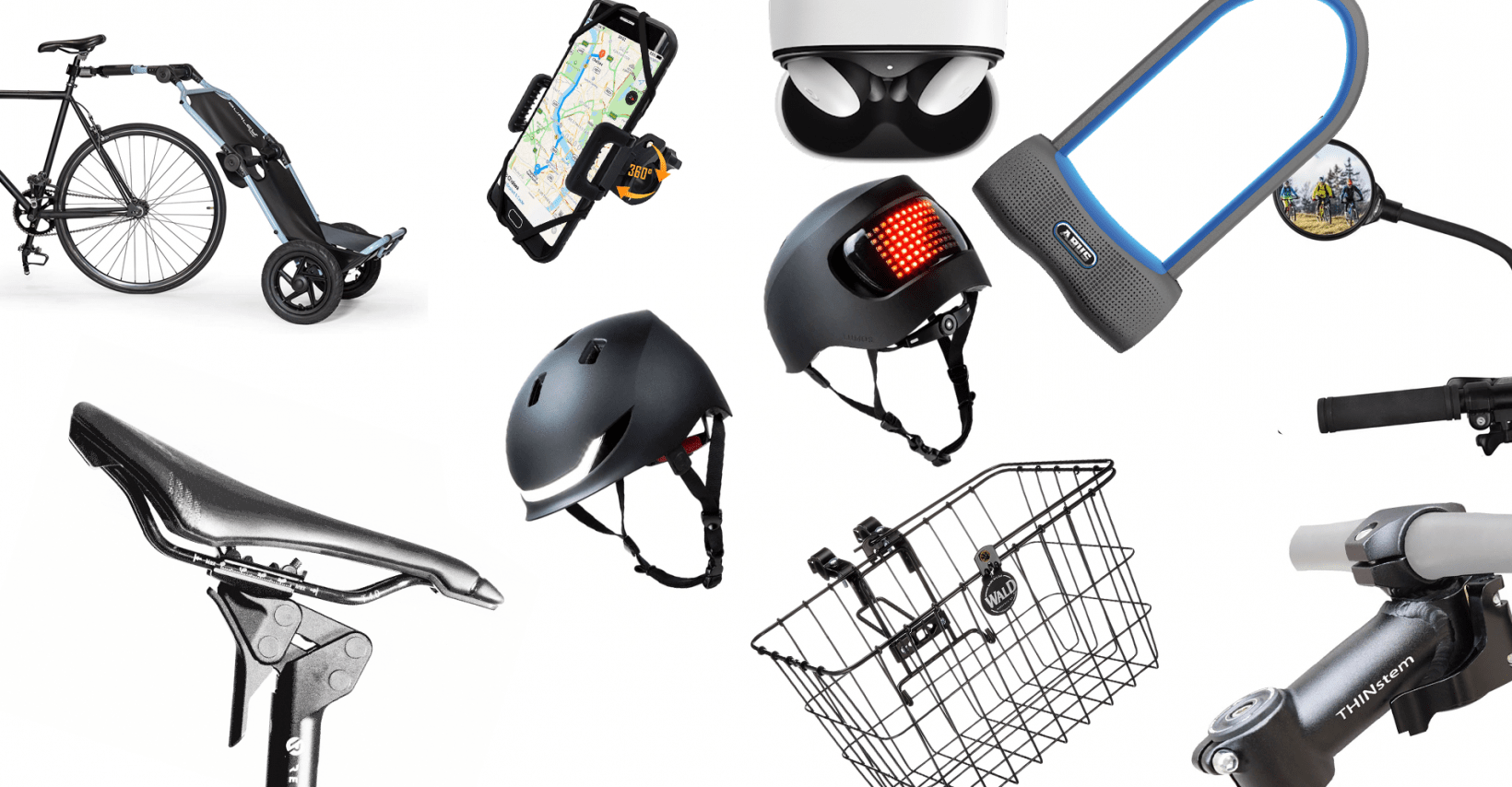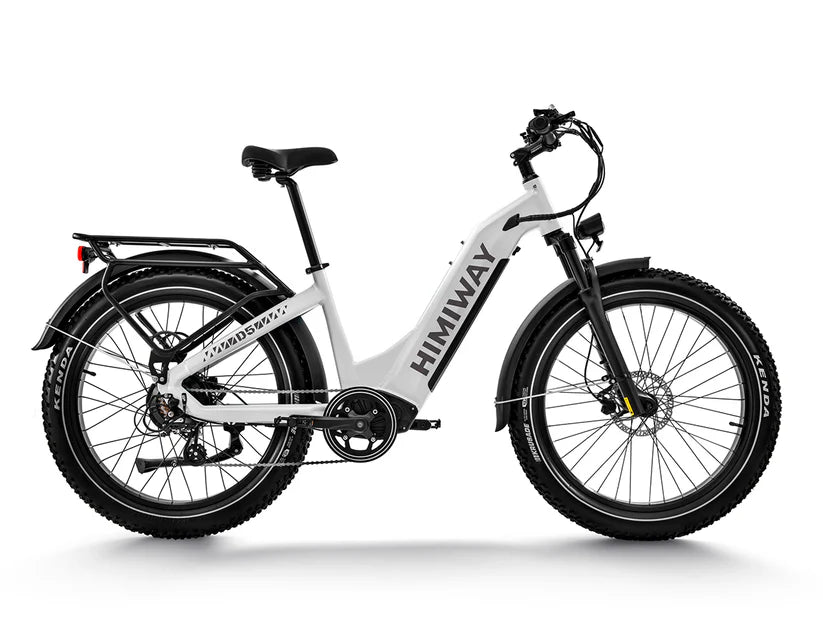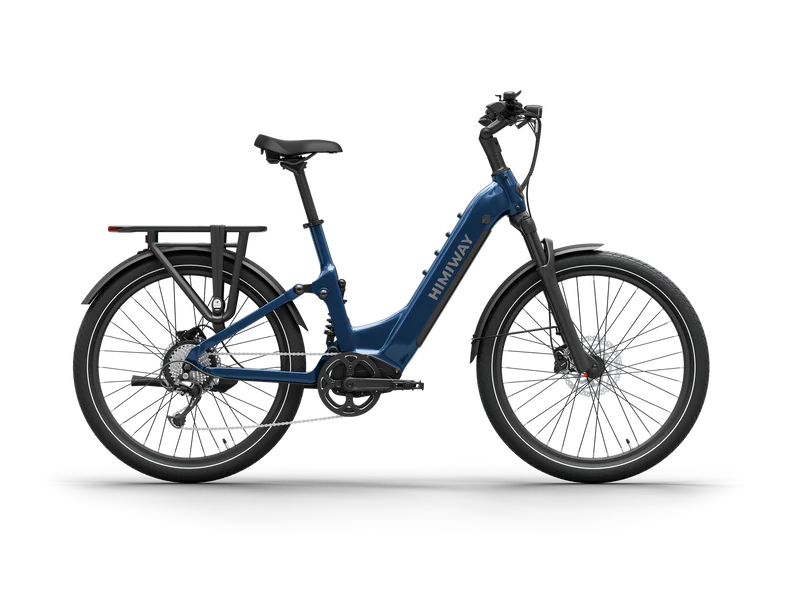
1. Enhanced Commuting Experience
E-bikes are transforming daily commutes by making them quicker, easier, and more enjoyable. With the assistance of an electric motor, riders can cover longer distances without breaking a sweat, making e-bikes a practical alternative to cars and public transportation.
Benefits:
- Speed: Travel faster and reach your destination sooner.
- Sweat-Free: Arrive at work or social events without needing a shower.
- Avoid Traffic: Navigate through congested areas more efficiently.
2. Improved Physical Health
While it might seem counterintuitive, e-bikes can significantly contribute to your physical fitness. The electric assist encourages more people to ride regularly, providing a consistent form of low-impact exercise that benefits cardiovascular health and overall fitness.
Benefits:
- Consistent Exercise: Regular riding improves heart health, muscle tone, and endurance.
- Joint-Friendly: The pedal assist reduces strain on joints, making it easier for those with physical limitations to stay active.
- Mental Well-being: Physical activity is known to enhance mood and reduce stress.
3. Environmentally Friendly Transportation
As concerns about climate change and environmental sustainability grow, e-bikes offer a green transportation solution. They produce zero emissions and require less energy than cars, making them an eco-friendly choice for conscious consumers.
Benefits:
- Reduced Carbon Footprint: Lower your environmental impact by choosing a clean energy alternative.
- Less Pollution: Contribute to cleaner air and less noise pollution in urban areas.
- Sustainable Travel: Support the shift towards sustainable living and transportation.
4. Cost Savings
E-bikes can save money in the long run. While the initial investment might be higher than a traditional bike, the savings on fuel, parking, and maintenance quickly add up. Additionally, many regions offer incentives for using electric bikes, further reducing costs.
Benefits:
- Lower Transportation Costs: Save on fuel, parking fees, and public transportation fares.
- Maintenance: E-bikes generally have lower maintenance costs compared to cars.
- Incentives: Take advantage of tax credits and subsidies for e-bike purchases in certain areas.
5. Increased Accessibility and Inclusivity
E-bikes make cycling accessible to a broader range of people, including those who might find traditional biking challenging due to age, physical limitations, or fitness levels. The electric assist levels the playing field, allowing more people to enjoy the benefits of cycling.
Benefits:
- Inclusive Mobility: Enable people of varying abilities to cycle together.
- Extended Range: Ride longer distances without fatigue, making cycling a viable option for more people.
- Barrier Reduction: Overcome physical barriers such as hills and headwinds with ease.
Conclusion
The transition from regular bikes to e-bikes is driven by their practical, health, environmental, financial, and inclusive benefits. Whether for commuting, leisure, or fitness, e-bikes offer a versatile and appealing alternative to traditional bicycles. As technology advances and more people discover these advantages, the popularity of e-bikes is set to continue growing, revolutionizing the way we think about cycling and transportation.















